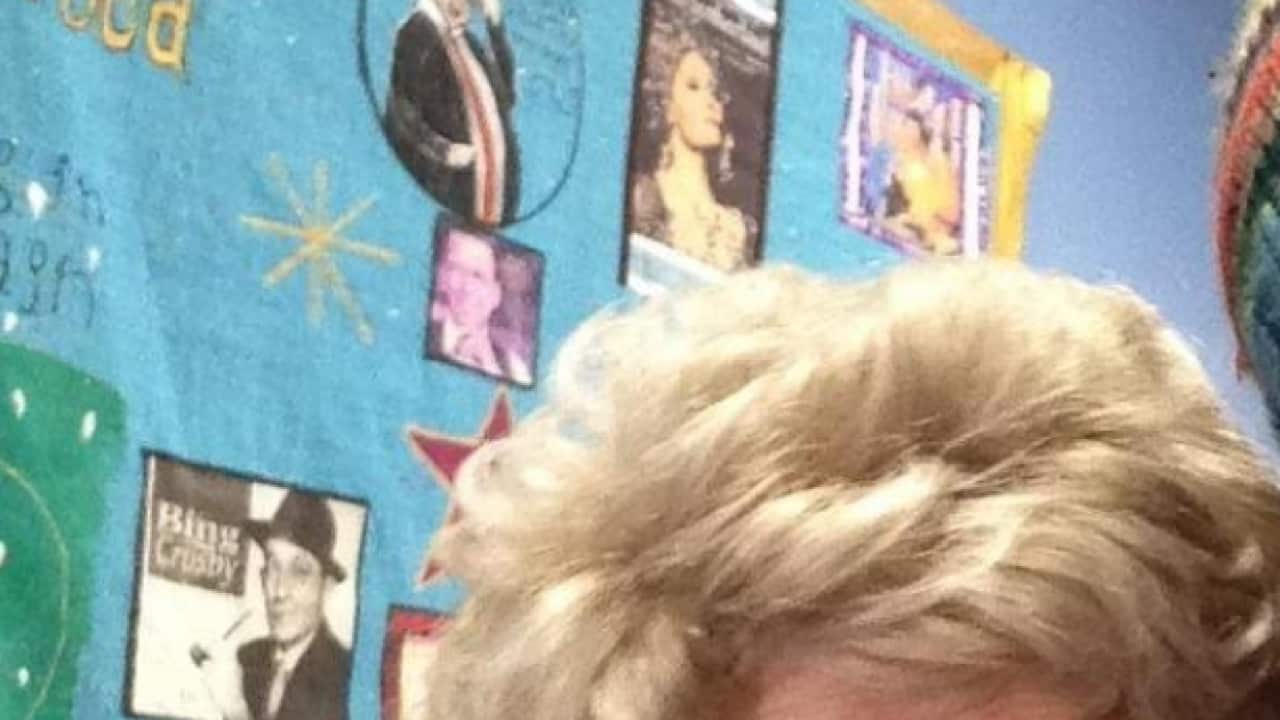When I was a child, while other families would go bike riding or to the beach at the weekend, mine would have a trip to the cemetery. To me, it was better than going to the shops, and there was nothing creepy about our visits - no thunder claps or crows giving us the side-eye; in fact, it was always sunny when we went and the mood was buoyant.
We'd meet at our family HQ (my Grandma's), then drive convoy-style through the quiet suburbs to the cemetery. The sound of car doors slamming would be followed by the hubbub of baskets and trays of food being unloaded. My brother, cousins and I would race ahead through the entrance gate, down the main path, swing right and right again, until we got to the grave.
When the adults arrived grave-side, they'd immediately start to work through the long list of things to be done to honour my Great Grandmother. Dad would whip out his gardening gloves and do a little weeding, while aunts would be emptying out cases of decayed flowers and swampy water. Us kids were tasked with getting fresh water, and off we'd pop to the nearest tap to fill up. When we got back, the grave top would be laden with food - roast pork, roast duck, poached chicken and multiple kinds of buns - and a lacey, umbrella-shaped food protector plonked on top to keep the flies off.
Dad would whip out his gardening gloves and do a little weeding, while aunts would be emptying out cases of decayed flowers and swampy water
As the business continued, I'd have a mosey about looking at the dates on other headstones, peering through cracked sarcophagi and marvelling at the more elaborate sites with glass doors and marble angels. Then I'd wander back to enquire if I could have a bun yet. The answer was always no.
To an eight-year-old it seemed illogical to keep offering food to someone who never ate it. And who was this person they called Great-Grandmother? I knew she was in the grave, but I'd never met her.
Now, three decades later, I have a better understanding of my Great-Grandmother, Toy Yeung Chu, who came to Australia from China in 1966 to live out her final five years. She was illiterate and hobbled through life on bound feet. Her toes were bandaged down until they were broken, and her feet misshapen into triangles as was the custom, so she wouldn't have to do hard physical world. And through all of this she was tough, clever and resourceful. She was also said to be quite strict, so maybe a substandard grave-top buffet would have unleashed an angry ghost.
Luckily my family always brought delicious foods, and other important rituals weren't forgotten. Three wine-filled teacups and three pairs of chopsticks were placed close to the headstone so that Great-Grandmother had something to drink and something to eat with. The adults would then hold incense sticks and bow three times (apparently once for heaven, once for earth and once for man), then pour the wine on the ground. In hindsight, she'd probably have preferred it left in the teacups.
"Come on, bow!" the adults would tell us, gesturing for us to follow suit. Naturally, we'd do the most theatrical bows possible, usually in slow motion or frantically sped up.
Then it was time for the exciting part - the bonfire. Dad would put a stack of fake money in a tin to burn, the translucent paper curling and turning black until it was ashes. This was definitely no currency that would be accepted at the local milk bar, and later I was told it was 'hell money'. While it sounds terrifying, it was cash for my Great Grandmother to spend on the other side, a kind of pocket money for the afterlife. It is also acceptable to burn paper replicas of cars and white goods, as well as PlayStations and fax machines - anything to help your relative be more comfortable in the next life.
While it sounds terrifying, it was cash for my Great Grandmother to spend on the other side, a kind of pocket money for the afterlife
When all the formalities were over, the lace food protector was whipped off and I would finally be able to get my hands on the custard buns. Then we'd start packing up the trays and basket and head off back to the cars and on to HQ to eat the rest of the food.
I haven't been to the cemetery for two decades now: life, work, children and negligence have all gotten in the way.
"Hey," Dad said a while back. "You should bring the kids to visit the cemetery one day!"
While that would perhaps not be as easy a sell as Disneyland, maybe I will. It would give them a taste of some of their culture and could gently expand the concept of death for them (my four-year-old's current level of understanding is that there are French fried in heaven and you get there by helicopter). I could also tell them about Toy Yeung Chu and the other relatives who have died since I was a child.
I don't think that my children would continue these traditions, but in the very distant future when I'm pushing up daisies, if they come visit me I'd like scones with jam and some lip balm to enjoy in the afterlife. Roaming about the spirit world with dry lips would indeed be hellish.





